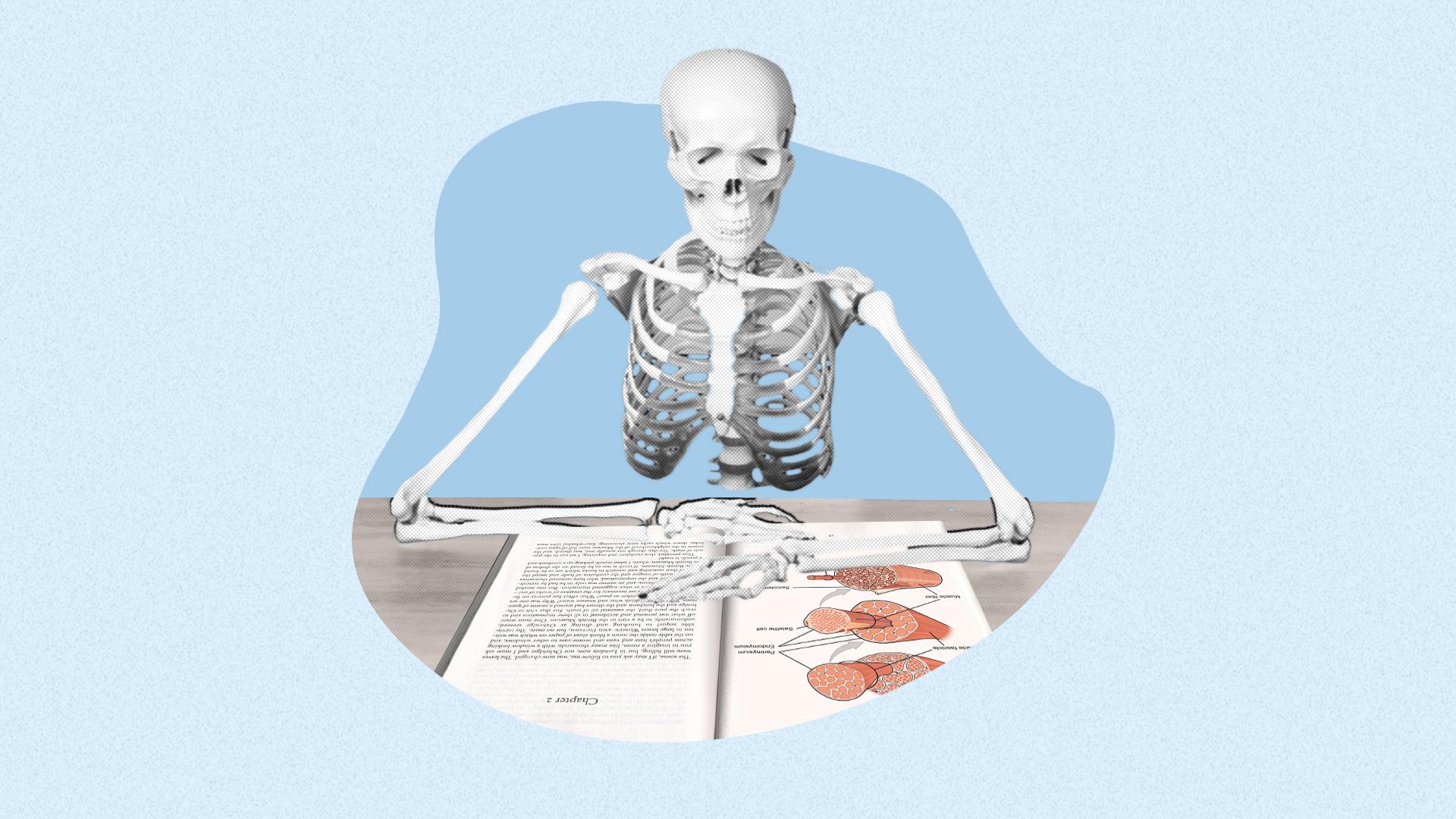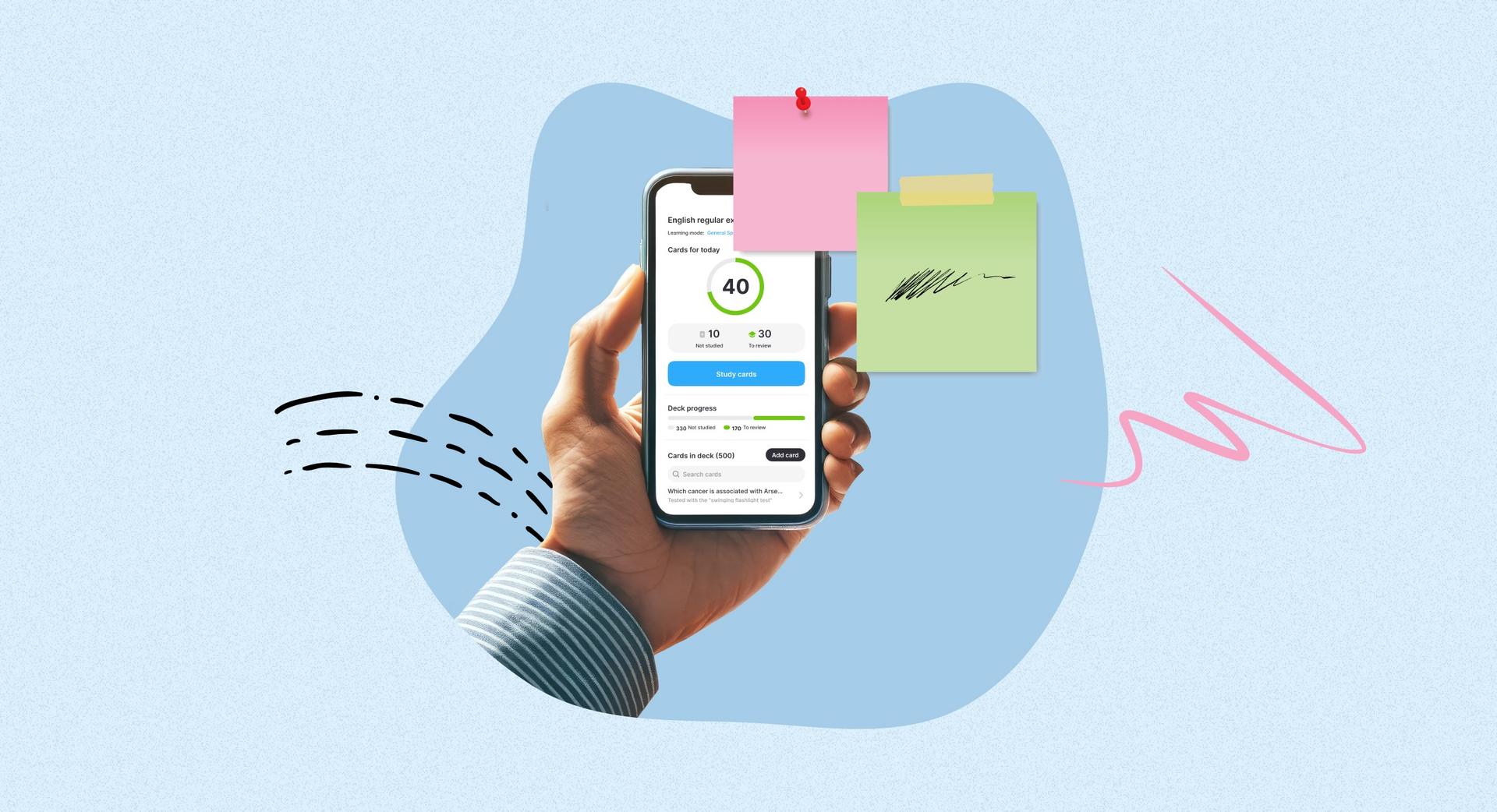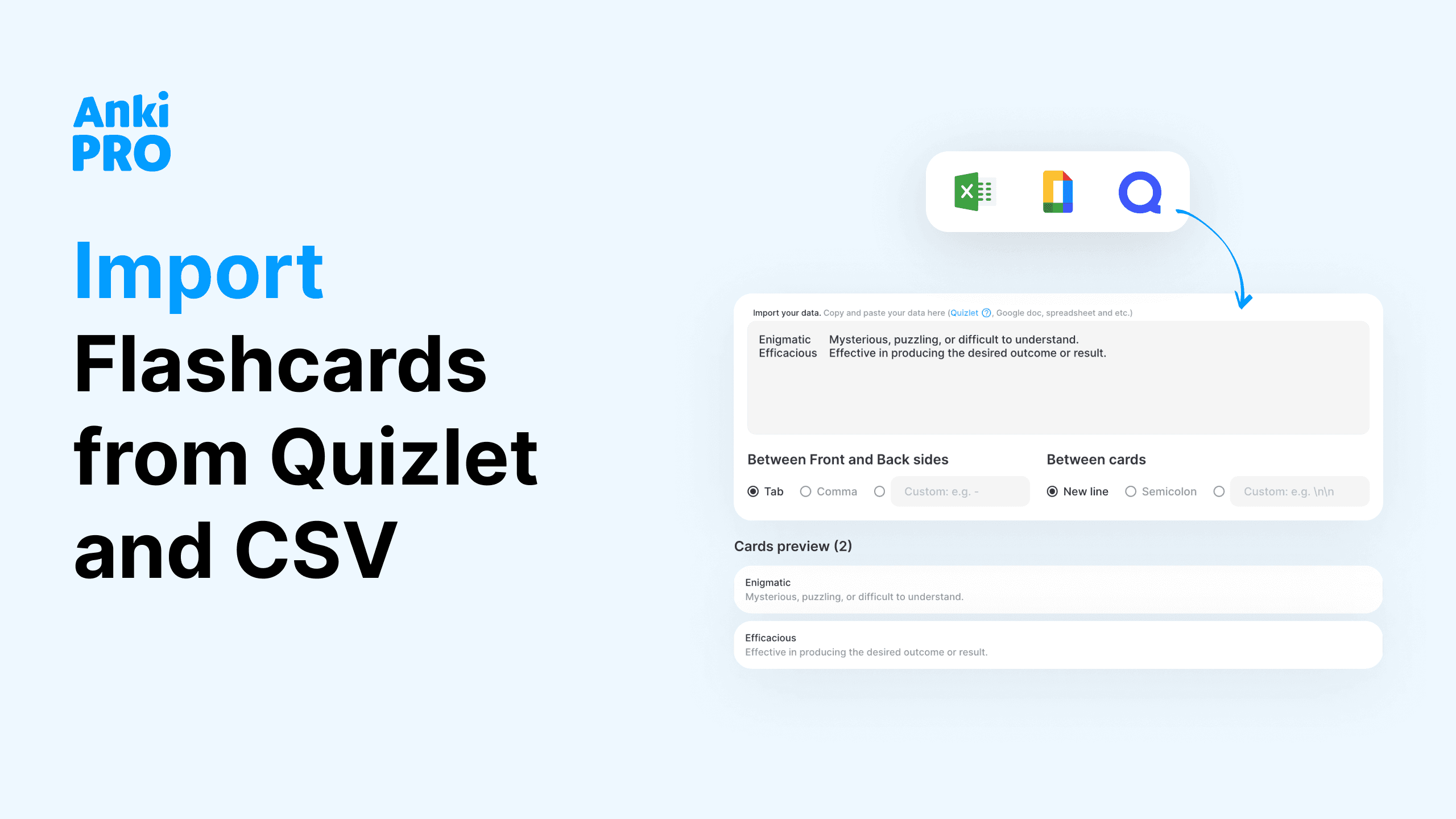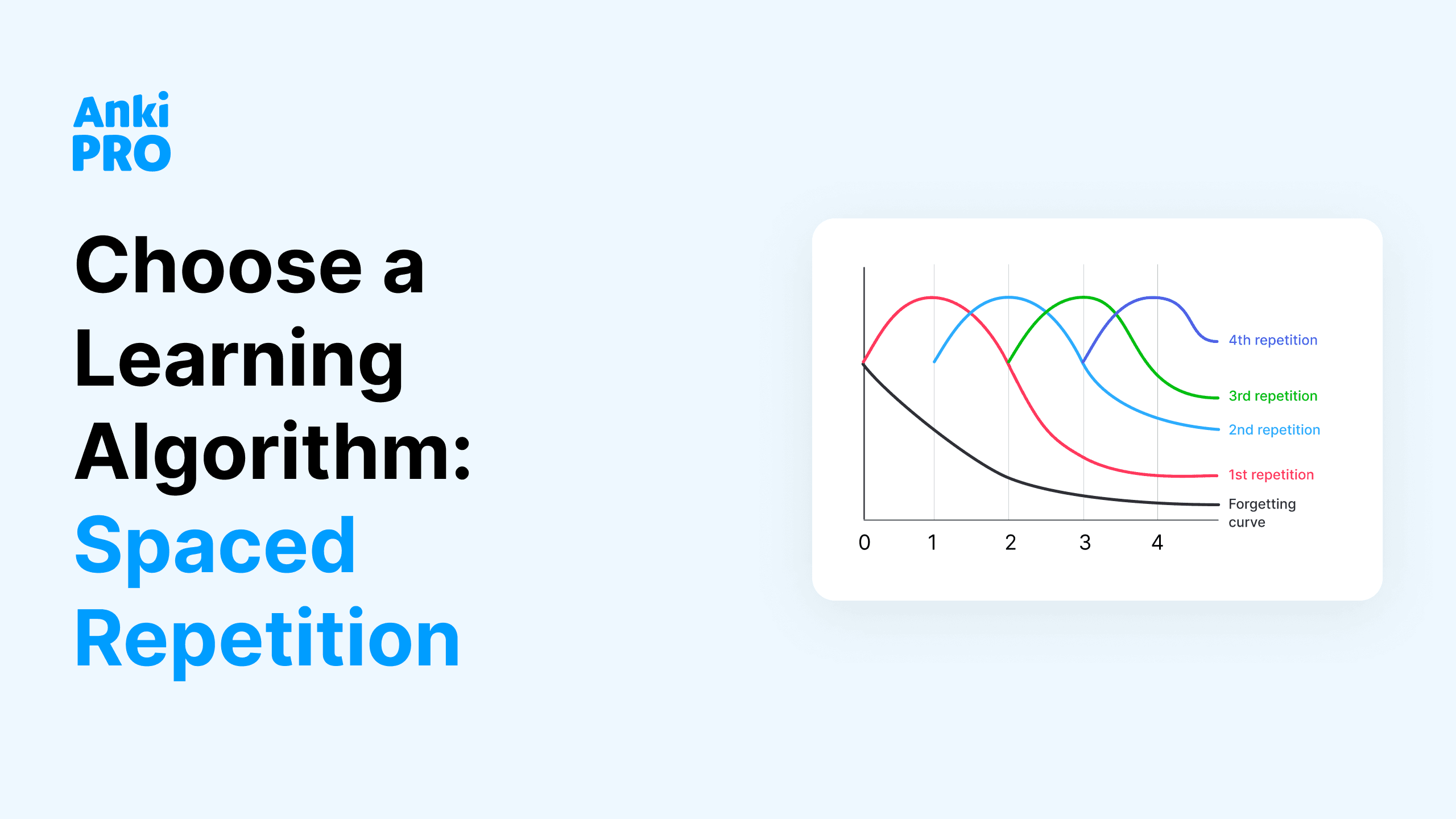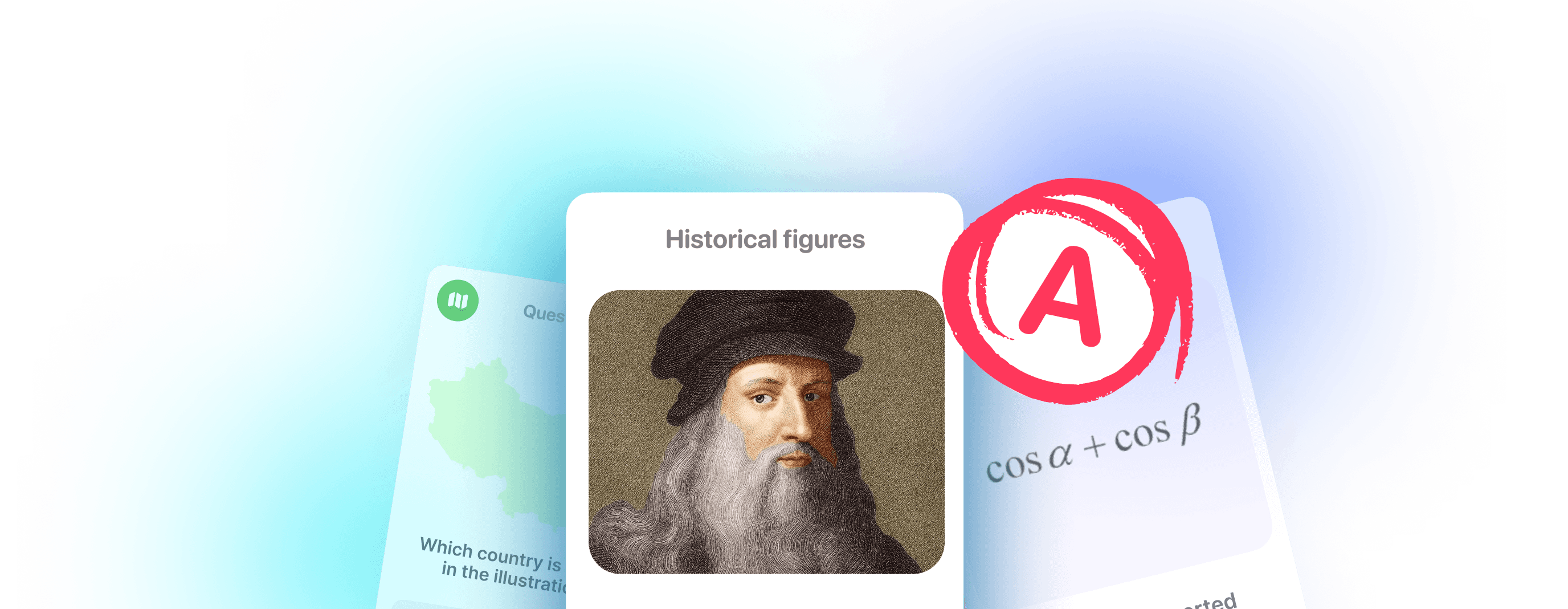For the longest time, I thought I had a memory like Dory from Finding Nemo – constantly forgetting the essentials, not to mention what I’m learning. When I couldn’t recall the formulas I needed for my engineering exams, I started to wonder, “Am I incapable of remembering anything?”
As I made it through one course at a time, I realized that the culprit wasn’t that I had a terrible memory per se. Still, rather I needed to learn in optimized ways for the specific situations I needed to recall information. To study for a physics exam, I assembled acronyms to remember how to solve a problem. To prepare for my opening speech at an event, I used visual cues to remember what to say next.
Learning is inextricably entangled with our ability to rely on our memory. Where long-term memory is often on a time scale of years, our short-term memory is what we’re often looking to improve as proof of our learning. Let’s break down how it works. Can we improve memory and cognitive abilities?
Understanding the Stages of Memory
Memory can be broken down into three stages: encoding, storage, and retrieval. Encoding is the initial step of learning new information, using techniques that improve understanding and package the information in memorable ways. This is where you have to find out what techniques work best for you and for what you’re learning.
Storage is about retaining new information. Retrieval is about recovering stored information. These latter stages are all about practice and repetition, spending the time and effort to bake information into memory. These are the most labor-intensive but rewarding parts of learning as this is when you realize your confidence and gain satisfaction from the learning process.
Imagine what it takes to present a captivating TED talk. You’ll know when you have solidified something to memory when you’re able to exude the same confidence as a TED speaker.

How to Improve Memory and Memorize Anything
We all learn in our own ways. To optimize our learning and improve memory, it’s up to us to finetune the tools in our learning toolbox that best suit our learning styles. These techniques can be approached with a DIY, trial-and-error mindset, choosing the technique that fits your preferences and the subject matter best.
Please note that in this article, we don’t cover age-related memory loss and cognitive decline, such as memory problems because of Alzheimer’s disease. Brain health in those cases requires professional medical conditions. This is the blog of Anki Pro, so I’ll focus mostly on student memory issues.
Technique #1: Break into Smaller Pieces
Whether you have a full course curriculum to study or you want to memorize as many digits of pi as possible, start by breaking the material into smaller pieces.
The goal is to make what you are learning into digestible pieces, organized in a way that makes sense to you. This can mean grouping related concepts or separating material you already know well from what you need to spend more time on.
This step is congruent with making a study plan. A study plan is crucial to avoid being overwhelmed and to learn one step at a time. Be mindful of the time you’re spending on this step though! If you’re a planner like me, it’s easy to spend your precious time on this first step rather than actually studying.
Technique #2: Create Fun Mnemonics
Mnemonics are the fun tricks we use to remember things and enhance memory. These typically work because of the catchy shortcuts that remind us of what we have learned and remembered. They also work because of the associations we make between concepts in our brains. In other words, a mnemonic device is any learning technique that aids information retention or retrieval in memory function, often by associating the information with something easier to remember.
To remember groups of items or a specific order, make acrostics, acronyms, or sentences with the first letter of each word. A few common examples: BEDMAS reminds us of the order of operations, Never Eat Shredded Wheat reminds us of the cardinal directions, and HOMES helps us remember the Great Lakes. For a four-stroke engine, the process is also catchy: “suck, squeeze, bang, blow.”
For relational concepts like ‘do this, then that,’ try using such mnemonic devices as rhymes, alliterations, songs, or jingles. People who often use maps like pilots use the rhyme, “west is best, east is least,” to remember whether to add or subtract a value. For a screw, don’t forget “righty tighty, lefty loosey.”

Technique #3: Make Visual Connections
Visual methods are helpful for material that follows logical processes or for people who prefer to learn visually. This can be as practical as drawing information into a flowchart or a mind map, or as abstract as a memory theater.
For material that has connections or associations with each other, ask yourself how you might prepare a visual poster for a presentation. By drawing it out, you are helping yourself learn the information in a new way while creating another study tool for you to reference.
By using information in two different situations, researchers discovered this improves your memory as it provides multiple sources for you to recall from. The different situations are defined broadly, from different applications for a specific context to different physical settings for remembering names.
A memory theater is where you picture a scene and tie pieces of information to elements of the scene, like a chair to represent proper posture and a lamp to represent adequate lighting all of which come together to remember good habits when studying. I used a simple example but the wackier, the better! It’s about using visual ties to specific pieces of knowledge that come together when you think of that scene.
Technique #4: Repeat, Repeat, Repeat
At the core of this challenge to improve our memory, repetition is quintessential. Memory is about double checking that you can recall what you know but this takes time, time spent through repetition.
The time spent on creating memory aids like the mnemonics and visual connections is valuable to create a foundation but to solidify it, focus should be placed on repetition, particularly spaced repetition.
Flashcards, like Anki Pro, are a proven memorization tool that simulates randomness and helps you test yourself on what you need to know. These are great for learning on your own and with others, providing variety to your study sessions. I’m also a big fan of using flashcards to turn repetition into a game. A 10 card streak? A well-deserved break. Finish the deck? Snack time.

Holistic Strategies to Improve Memory
On top of memory techniques and brain health, your ability to remember and recall is also based on how you set yourself up for success in a holistic way. This extends to how we prepare ourselves to learn, optimize our surroundings, and how we prioritize habits that support our well-being. Like how we want to optimize the way we approach the material itself, we want to also optimize how we’re learning.
Strategy #1: Focus with a Clear Brain
Before you start inputting new information into your brain cells, make space for it by clearing your mind and aiming for a stress-free mindset.
Every day, we’re tasked with remembering things – where we put our keys, our never-ending to-do lists, and the promises we made to the people around us. Not everything needs to live in your memory! By using productivity tools to your advantage, you can clear your mental cache and make space for deeper learning and avoid wandering thoughts that may affect your focus.
Let your memory store the important things, particularly information that you want to keep in your long-term memory. For passing thoughts or ideas, try using the Notes app on your phone or a physical notebook for brain dumps. This allows you to focus on your current tasks while capturing these thoughts for later.
Studying with a stress-free mindset helps set the stage for a productive learning session. By being in a positive headspace, difficult moments when learning and testing your memory will be easier to overcome.
Strategy #2: Optimize Your Surroundings
Having a suitable workspace is essential. Like how we want to clear our minds before studying, it’s helpful to also clear our surroundings of clutter and distractions.
What can you add to your surroundings to maximize your productivity? A few snacks and a caffeinated beverage can do wonders for getting into the mood for studying.
When studying among others, we often see people hard at work (or hardly working) with their headphones on. Other than lo-fi beats, try listening to music in a foreign language to keep you company! You’ve probably heard of the cognitive benefits of listening to classical music, too.
If you often study at home, consider changing locations like going to a coffee shop or the library to add some novelty to your routine.
It’s all about optimizing your surroundings so you can stay focused. 25 minutes of focused work is better than 60 minutes of distracted work.
Strategy #3: Take Care of Your Physical Well-Being
Our ability to remember is not based solely on our ability to be intrinsically motivated. To train our memory, we also need to take care of our physical well-being and our bodies. Listening to our bodies is key to a healthy diet, exercising regularly, and sleeping well. Yes, everyone always mentions this! But we all need to remind ourselves of good habits every now and then.
Experts link physical activity – even 20 minutes of moderate exercise – with better memory. Wherever you choose to train your brain, you can find opportunities to add moderate exercise to your study days. (Yes, anywhere!) Stretch at your desk, take the stairs before your work day, or even add a walking pad to your standing desk setup.
When it comes to food, we know that including olive oil, whole grains, and fish oil supplements, as well as lowering blood sugar and managing stress hormones might affect memory and brain health. But the best strategy would be to go for a blood test to see what your body lacks. Little nutritional and hormonal fixes can be life-changing.
Getting enough sleep is also essential for memory itself and rest. When you have a good night’s sleep, your brain cells turn information from your short-term memory to long-term memories. Sometimes, we sacrifice a few hours of sleep for a few more hours of cramming but rest is what we need to be alert, to concentrate, and to think thoroughly. As a little actionable step, try reducing blue light at least for one hour before going to bed and see what happens.
Strategy #4: Remember to Take Breaks
You can think about training your brain like training your body. We work out our brain cells by learning new material and skills, resting, and then alternating as needed.
The Pomodoro method is a popular study cadence – 25 minutes of focused work followed by 5 minutes of break – that sets an achievable study goal with a break within sight. The idea is that you spend 25 minutes on one or a set list of tasks. It’s also a great way to split up larger study material into time-boxed sessions for each chunk of material.
Strategy #5: Cater to Your Learning Preferences
Not all of these strategies will speak to you but now you have them as tools in your learning toolbox for when you need them. There are always multiple ways to approach a problem, like how there are individual ways to approach learning and personalized drivers of motivation!
By reflecting on past work sessions, you can iterate on what works and change what doesn’t. This also reminds us to check on our progress so we can reward ourselves for what we’ve mastered and log our mistakes for next time. Through this process, we’re also embodying a growth mindset, essential to setting ourselves up for future learning.

What Can Go Wrong with Memory
Research shows that various medical conditions can significantly impact brain function and the memory consolidation process. Conditions such as high blood pressure, cardiovascular disease, high cholesterol, and sleep apnea can affect blood flow to the brain, leading to neural pathways’ impairment and ultimately causing memory decline. Alzheimer’s disease, cerebral cortex issues, and even heart disease can contribute to neurodegenerative delay and worsened mental skills. Unfortunately, older adults
Additionally, head injury and age-related hearing loss can further exacerbate memory issues by interfering with the brain’s ability to encode and retrieve information effectively. However, maintaining a strong support system and addressing mental health concerns can provide crucial support in preserving mental function and mitigating memory decline.
By acknowledging these factors and taking proactive measures, older adults can better navigate challenges related to memory loss and ensure optimal brain health throughout their lives. Your doctor might find individual solutions to treat memory loss and mild cognitive impairment, from mental exercise to acquiring new skills. To play chess is a popular way to improve your memory and train problem-solving skills.
Memory Isn’t a Storage Place; It’s a Process
As well as a lot of other cognitive abilities, enhancing memory is a lifelong endeavor. Our brains may not be muscle but our memory can definitely be trained like one. By experimenting with different techniques and strategies, you’ll figure out how your brain likes to do your best work.
Don’t think of having a strong memory as winning a genetic lottery. Instead, you can approach the goal of improving memory as acquiring a new skill. Typically, you have to spend time building new brain cells and training the brain to remember where you put your car keys or recall information from lectures.

